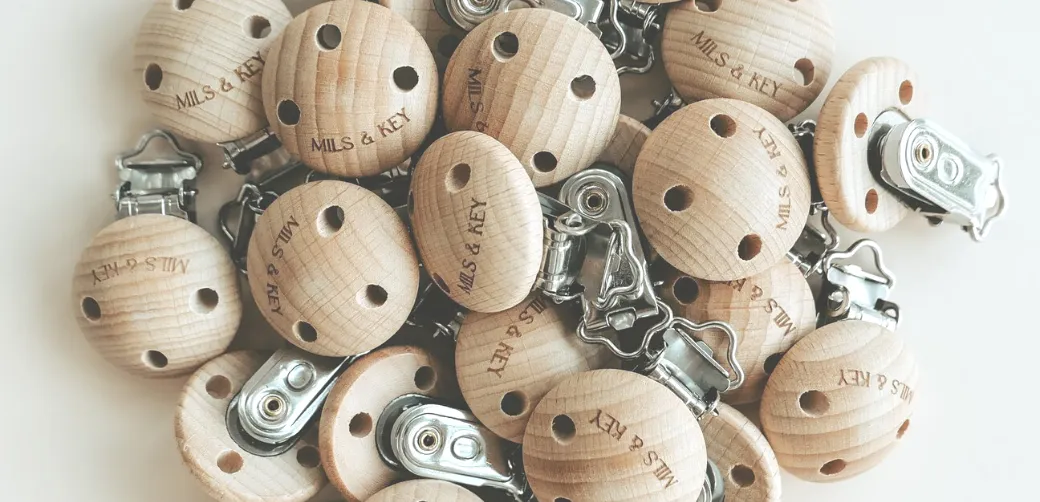The Various Benefits of Wood: Is it Antibacterial?
Wood is a material that humans have used for centuries. It is strong, durable, and easy to work with, which is why it is still a popular choice for construction and furniture-making today. But did you know that wood also has some unique antibacterial properties? In this blog post, we'll explore why wood is naturally antibacterial and how this can be beneficial for you and your family.
Wood's Natural Antibacterial Properties
One of the most interesting things about wood is that it naturally contains compounds that are effective at killing bacteria. These compounds are known as lignans and can be found in the cell walls of all plants. Lignans are thought to play a role in plant defense against infection, and they are effective against a wide range of bacteria, including E. coli and S. aureus (which are responsible for staph infections).
The antibacterial properties of wood make it an ideal material for items that come into contact with food, such as cutting boards and countertops. Wood is also a popular choice for children's toys, as it is safe for them to chew on without worrying about bacterial contamination. In addition, the natural oils in wood can help to repel insects and other pests, making it a great choice for outdoor furniture and decking.
Why Is Wood Better Than Other Antibacterial Materials?
Wood has a number of advantages over other materials when it comes to antibacterial properties. First, wood is a natural material that is safe for humans and the environment. Second, wood is renewable and biodegradable, so it can be reused or composted instead of thrown away in landfills. Third, wood is relatively inexpensive compared to other materials with similar properties. Finally, wood has a wide range of applications for various settings.
Are All Types of Wood Antibacterial?
Not all types of wood necessarily have the same antibacterial properties. For example, oak is one of the best options for cutting boards and countertops because it contains higher levels of lignans than other woods. Other types of wood with antibacterial qualities include walnut, birch, poplar, beech, ash, and maple.
As you can see, wood use has many benefits in your home or business. If you're looking for natural products that are also safe and affordable, consider using wood.
Besides that, wood is also considered good as a teether. Let's get to know about it in detail.
Why Use Wood as a Teether?
Wood is a great choice for teething toys because it is naturally antibacterial and safe for your baby to chew on. It has a pleasant texture that can help ease your baby's sore gums and doesn't contain harmful chemicals that could be ingested during the chewing process.
Additionally, wood is an economical choice for parents looking for various options regarding teethers. There are many types of wood available, as well as different shapes and sizes, so you can find one that works best for your child.
Conclusion:
As you can see, there are many reasons why wood is such a popular material choice. Not only is it strong and durable, but its natural antibacterial properties make it ideal for a wide range of applications. If you're looking for a beautiful and functional material, wood should be at the top of your mind.


